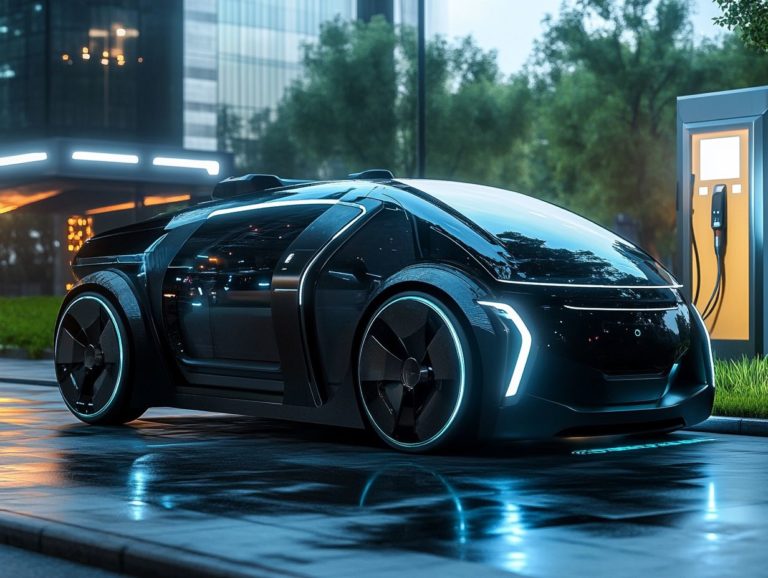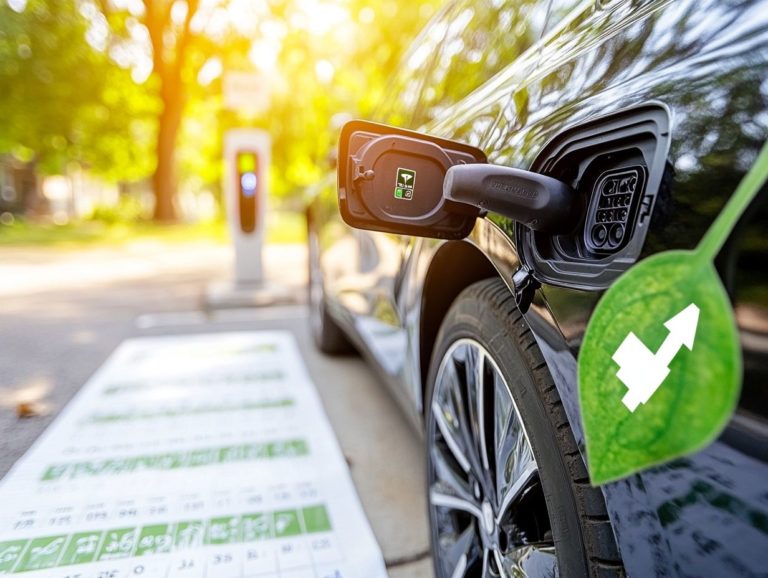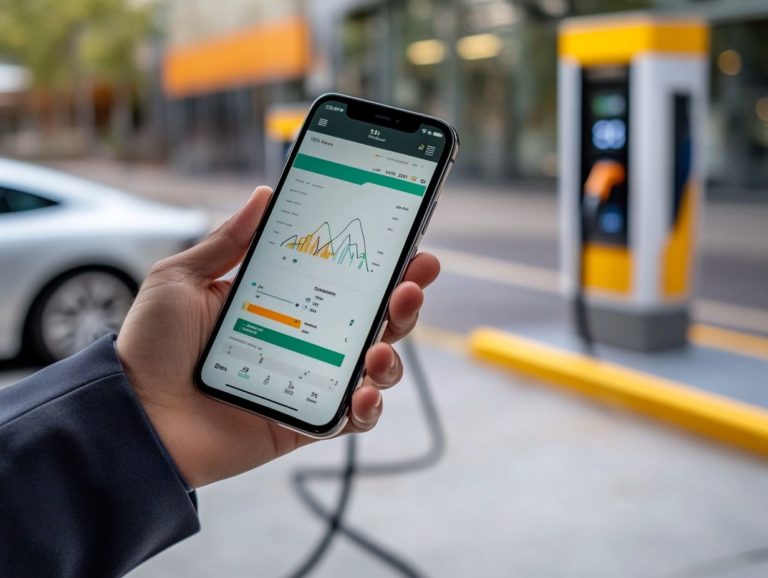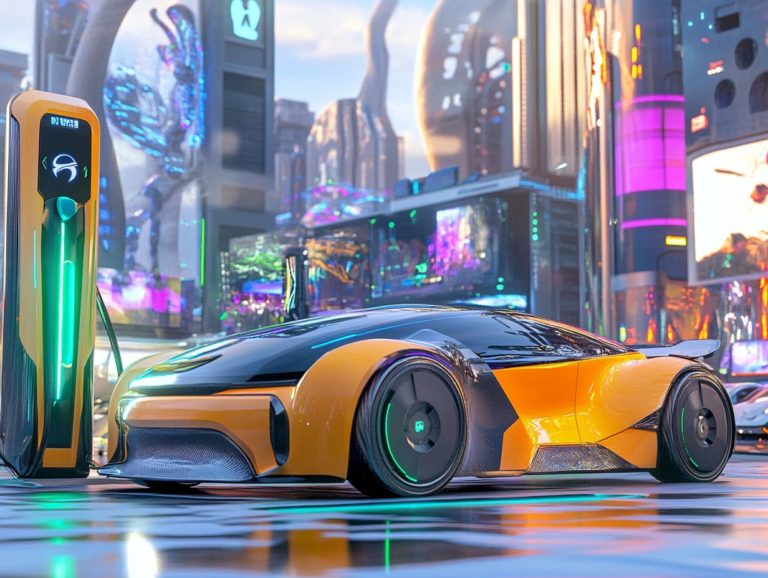Top 5 Features to Avoid in an EV
Electric vehicles (EVs) are revolutionizing the future of transportation, yet they present their own unique set of challenges.
In this article, you ll discover the top five features to avoid when considering an EV, including limited driving range and insufficient charging infrastructure. It will also tackle common concerns like charging times and costs, while shining a light on the numerous benefits of EV ownership.
Whether you re a first-time buyer or contemplating an upgrade, grasping these potential pitfalls will empower you to make a more informed choice in the rapidly expanding EV market.
Contents
- Key Takeaways:
- 1. Limited Driving Range
- 2. Lack of Charging Infrastructure
- 3. Long Charging Times
- 4. High Cost
- 5. Limited Model Options
- What Are the Benefits of Owning an Electric Vehicle?
- What Are the Most Important Features to Look for in an EV?
- How Can You Determine the Ideal Driving Range for Your Needs?
- What Are the Different Types of Charging Options for EVs?
- How Can You Find Reliable and Accessible Charging Stations?
- What Are the Long-Term Cost Savings of Owning an EV?
- What Are the Most Popular and Reliable EV Models on the Market?
- How Can One Overcome Range Anxiety with an EV?
- Is It Possible to Convert a Gas-Powered Car to an EV?
- What Are the Environmental Benefits of Owning an EV?
- What Are the Most Common Misconceptions About EVs?
- Frequently Asked Questions
- 1. What are the top 5 features to avoid in an EV?
- 2. Why should I avoid outdated battery technology in an EV?
- 3. Is limited driving range a dealbreaker in an EV?
- 4. How does slow charging time affect the usability of an EV?
- 5. Why is fast charging infrastructure important for EVs?
- 6. How does poor handling and performance affect the overall driving experience of an EV?
Key Takeaways:
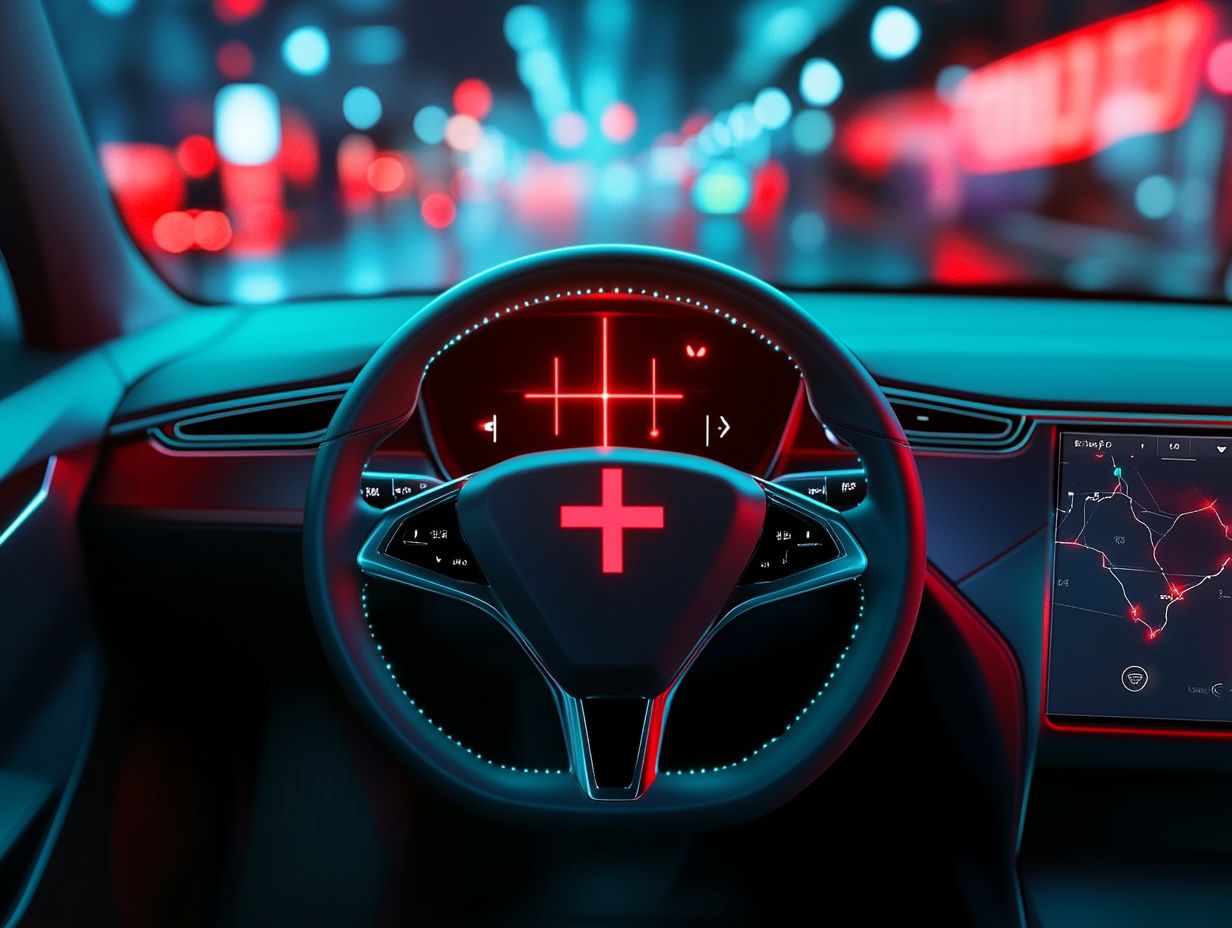
- Choose EVs with a longer driving range to reduce frequent charging stops.
- Choose EVs with a robust charging infrastructure to ensure reliable access to charging stations.
- Choose EVs with shorter charging times to save time and enhance convenience.
1. Limited Driving Range
One of the key concerns for electric car enthusiasts and prospective buyers is the often-limited driving range of most electric vehicles (EVs). This limitation can impact your satisfaction as an owner and may discourage you from making the leap to an EV, especially when considering popular models like the Tesla Model S, Chevrolet Bolt, and Nissan Leaf.
This concern usually stems from the average driving ranges, which can vary widely among different vehicles typically ranging from 150 to over 350 miles on a single charge. Factors such as battery capacity, driving conditions, and vehicle performance play crucial roles in determining these ranges.
For example, advanced models like the Tesla Model S showcase impressive ranges thanks to cutting-edge battery technology, while traditional gasoline engines often offer runtimes exceeding 400 miles, creating a notable comparison.
Ongoing advancements in electric vehicle technology, including enhanced battery management systems and regenerative braking (a feature that helps recharge the battery while driving), are addressing these limitations. These innovations are making the switch to electric feel more exciting and attainable!
2. Lack of Charging Infrastructure
The lack of a comprehensive charging infrastructure presents a significant challenge for you as an electric vehicle owner, especially in rural areas. This limitation not only affects the overall reliability of your EV, but also raises concerns about climate change and greenhouse gas emissions in the U.S.
This disparity restricts your ability to embark on long journeys, sapping your confidence in electric vehicle technology, particularly when charging stations are scarce in less populated areas.
Recent government initiatives, such as the Infrastructure Investment and Jobs Act, are focused on bridging these gaps by prioritizing the expansion of charging networks across all regions. As convenient and accessible charging options become more widespread, you can expect enhanced satisfaction as an EV owner and greater overall adoption of electric vehicles.
This shift is poised to foster a more sustainable and environmentally friendly transportation landscape for everyone.
3. Long Charging Times
Long charging times remain a persistent challenge for you as an electric vehicle owner, often leading to frustration and concerns about the practicality of EV ownership compared to traditional gasoline-powered cars.
As you explore the various models available, you’ll find that charging times vary widely, largely depending on the charging type. With Level 1 chargers, which are standard household outlets, you may face waits of up to 12-18 hours for a full charge on larger batteries.
In contrast, Level 2 chargers can significantly reduce that time to about 4-8 hours. The real game-changer is DC fast charging, which can replenish batteries up to 80% in roughly 30 minutes for certain models.
Innovations in battery technology, such as solid-state batteries and rapid charging systems, are emerging to tackle those cumbersome wait times and enhance overall battery longevity. As these advancements continue to unfold, your experience of electric vehicle ownership is poised for a dramatic shift.
4. High Cost
While electric cars come with many benefits, the high initial price tag is a big barrier for many buyers. Even with recent advancements in performance and incentives from the Inflation Reduction Act, which promotes EV ownership through subsidies and tax credits, the upfront costs remain significant.
The high production costs are one reason why electric cars can be pricey. These costs are largely due to the high-tech batteries that power electric vehicles, which make up a large portion of the overall expense. The specialized materials needed for these batteries reflect the rising raw material costs worldwide.
However, when you invest in an electric vehicle, you ll find that the long-term money situation can be quite favorable. You ll save on maintenance costs. Plus, home charging offers additional savings, leading to greater overall savings down the road.
5. Limited Model Options
Despite the growth of the electric vehicle market, you might struggle to find the right electric car for you, which can make it hard to discover a vehicle that fits your style, performance needs, and budget.
The landscape is changing quickly, with manufacturers unveiling an impressive array of choices. Take the Tesla Model 3, for instance it s renowned for its innovation and performance, competing fiercely with the sportier Ford Mustang Mach-E, which is sure to appeal to those who crave a more dynamic driving experience.
Don t overlook other notable contenders, like the Chevy Bolt and the Volkswagen ID.4, both of which offer diverse features that cater to various preferences and budgets. The growing selection in the EV market presents a refreshing alternative to traditional gasoline vehicles, marking a significant shift in automotive options.
What Are the Benefits of Owning an Electric Vehicle?
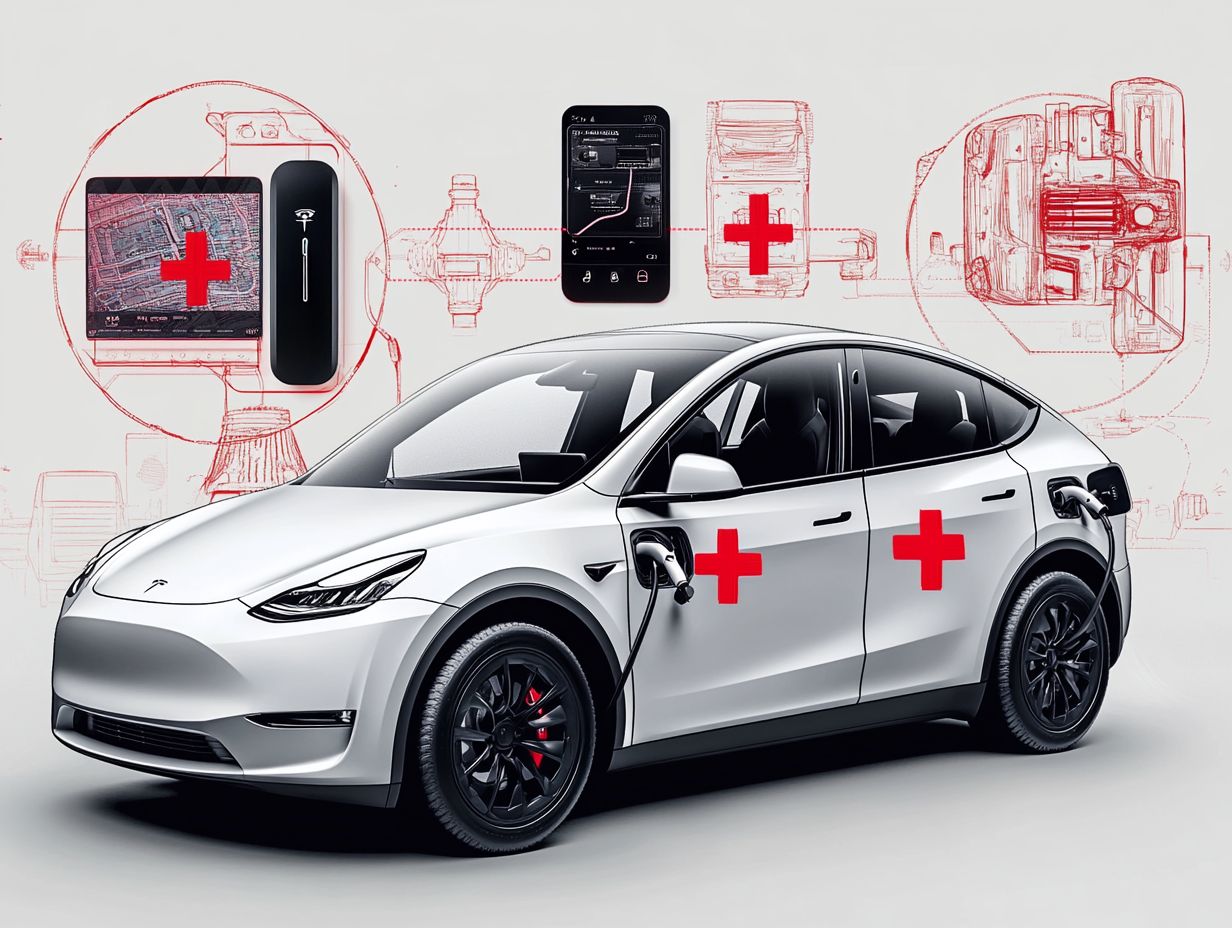
Owning an electric vehicle (EV) offers a wealth of benefits that go beyond the immediate eco-friendly perks. You ll experience enhanced satisfaction as an owner, reduced environmental concerns, and notably lower maintenance costs, making this long-term investment a smart choice for many.
The substantial savings on fuel can significantly cut your daily commuting expenses. You ll find that maintaining an EV is much easier, thanks to fewer moving parts compared to traditional vehicles, leading to a smoother ownership experience.
You can take advantage of various incentives from government programs, ranging from tax credits to rebates, further boosting your financial edge. These factors make owning an EV a smart and exciting choice today!
What Are the Most Important Features to Look for in an EV?
When you re contemplating the purchase of an electric vehicle, understanding the essential features like battery life, driving range, and overall performance can truly elevate your experience and satisfaction.
Don t overlook key factors such as battery technology, which significantly impacts the car s longevity and efficiency. The charging capabilities are equally crucial; having access to fast chargers and home charging options can seamlessly integrate EV ownership into your daily routine.
It s also wise to assess the driving range; a longer range can ease any concerns about running out of power and enhance your enjoyment on longer journeys. Lastly, consider user-friendly interfaces that offer real-time data and navigation assistance they can transform your driving experience into something genuinely enjoyable.
How Can You Determine the Ideal Driving Range for Your Needs?
Finding the perfect driving range for your electric vehicle is crucial. It impacts your overall satisfaction and helps reduce the worry about how far you can drive on a charge.
Start by looking at your daily driving habits. Think about the average distances you travel for commutes, errands, and longer trips.
Next, consider the availability of charging stations at home and in public. This greatly affects how convenient owning an electric vehicle will be.
Research various models and pay attention to real-world range estimates. This helps ensure your chosen vehicle meets your daily needs without battery anxiety.
What Are the Different Types of Charging Options for EVs?
It s important to understand the different charging options for electric vehicles. This affects how convenient your EV ownership experience will be, especially with charging times involved.
There are several charging options: Level 1, Level 2, and DC fast charging. Level 1 is the most accessible, using a standard household outlet, but it charges slowly.
If you have more time, Level 2 chargers offer faster charging. They re great for home setups or public locations.
When you need a quick charge on the go, DC fast charging is your best bet. You can find it at dedicated charging stations, not usually at home.
How Can You Find Reliable and Accessible Charging Stations?
Finding reliable charging stations is vital for electric vehicle owners. It influences your ability to travel conveniently.
Many innovative tools and apps can help you locate nearby charging stations easily. These often provide real-time availability updates and detailed maps.
Look for user-friendly filters that highlight suitable charging points for different vehicle models. This ensures a seamless experience tailored to your needs.
What Are the Long-Term Cost Savings of Owning an EV?
Owning an electric vehicle can lead to significant long-term cost savings. This is mainly due to lower fuel costs and reduced maintenance compared to gasoline vehicles.
Charging rates are usually just pennies per mile. Plus, EVs have fewer moving parts, resulting in less wear and tear and fewer repairs.
Many regions also offer government incentives like tax credits and rebates. These can make choosing an electric model even more appealing.
Over time, these savings add up, making electric vehicles a smart choice for savvy drivers like you!
What Are the Most Popular and Reliable EV Models on the Market?
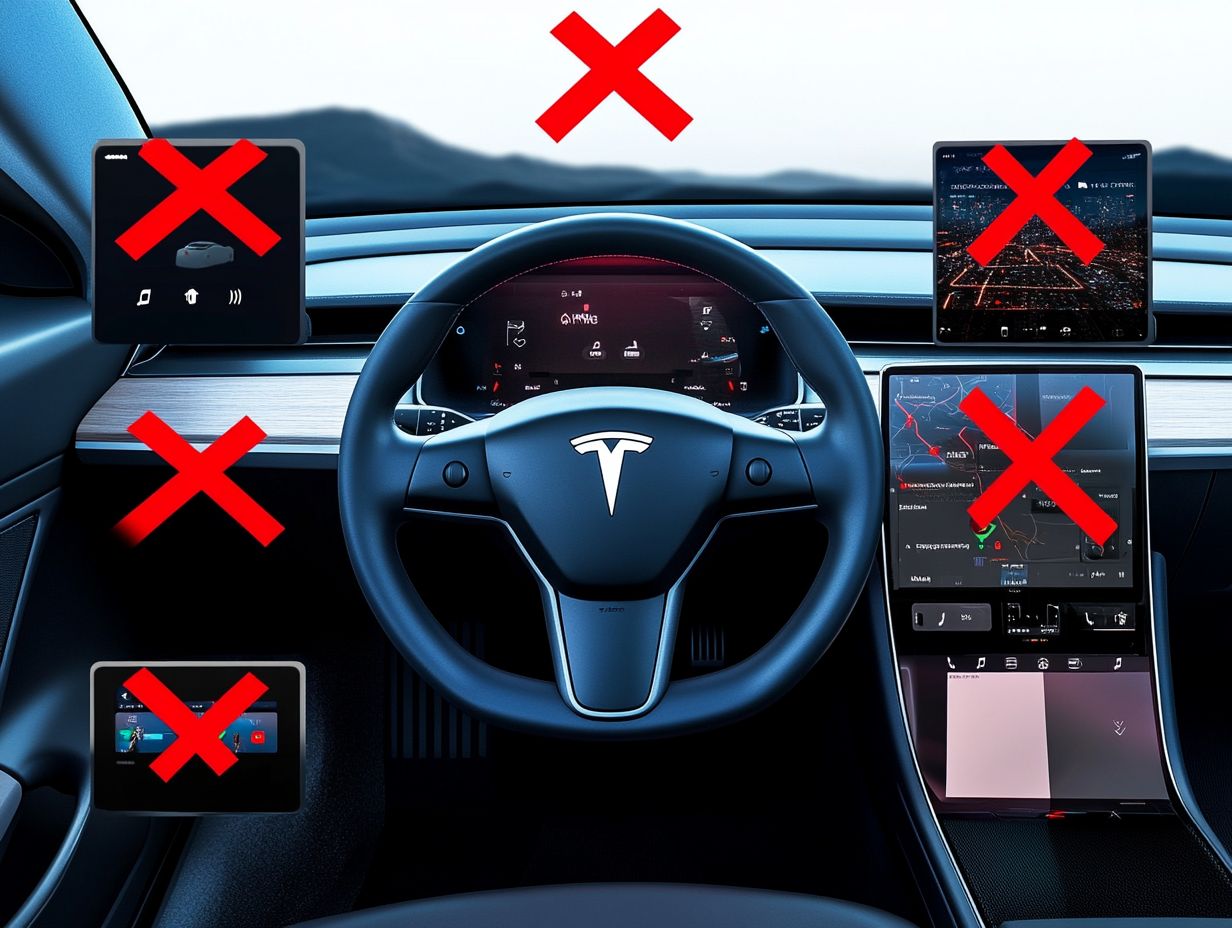
The electric vehicle market is constantly evolving. Popular and reliable models include the Tesla Model, Chevrolet Bolt, and Nissan Leaf.
These vehicles meet different consumer preferences and tackle common electric mobility concerns. For example, the Tesla Model is known for its advanced features and impressive range.
It provides a seamless driving experience paired with an extensive charging network, which consists of numerous charging stations that make it easy to recharge your vehicle.
The Chevrolet Bolt offers an attractive price point along with spacious interiors and impressive battery life, making it perfect for families. Meanwhile, the Nissan Leaf stands out with its user-friendly design and strong focus on sustainability, ensuring you feel good about your eco-friendly choice.
Users rave about these models, noting high satisfaction and reliability as they progressively tackle issues like battery longevity and charging infrastructure, reinforcing your confidence in making the switch to electric vehicles.
How Can One Overcome Range Anxiety with an EV?
Range anxiety is a common concern for electric vehicle owners. By understanding charging networks and planning ahead, you can significantly ease these worries and elevate your overall EV ownership experience.
Mapping out charging stations along your planned route helps you sidestep potential obstacles, ensuring a smoother journey. Utilizing mobile apps that provide real-time information on charging station availability not only helps you locate a charging point but also diminishes uncertainty about your battery levels.
Familiarizing yourself with the distance required for each trip and your battery’s capacity enables you to set realistic goals. By adopting smart charging practices and regularly monitoring your battery status, you can stay informed and make timely charging decisions, enhancing your driving experience.
Is It Possible to Convert a Gas-Powered Car to an EV?
The idea of converting a gas-powered car to an electric vehicle is appealing, especially for those who value the environment and want to transition to an EV without the hassle of buying a new car.
This growing interest stems from a genuine desire to reduce carbon footprints and embrace sustainable practices, all while enjoying significant cost savings over time.
There are several conversion kits available, designed to fit various models and budgets, making it easier to take that exciting leap. Of course, challenges exist, such as the technical complexities of installation and the cost of necessary components.
Yet, despite these obstacles, the rewards like lower maintenance costs and a quieter, more efficient driving experience make this endeavor particularly appealing, especially given the urgent need to combat climate change. Now is the perfect time to consider making your vehicle electric and playing your part in this battle.
What Are the Environmental Benefits of Owning an EV?
Owning an electric vehicle offers remarkable environmental benefits, primarily by reducing greenhouse gas emissions in the U.S. and shrinking your carbon footprint. This makes electric vehicles a critical player in the fight against climate change.
These vehicles operate with impressive efficiency, producing zero tailpipe emissions, which greatly enhances air quality in urban areas. As the energy grid integrates more renewable sources like solar and wind, the environmental advantages of electric vehicles become even more pronounced.
Adopting sustainable charging practices further amplifies their eco-friendliness. By utilizing clean energy to power your vehicle, you diminish reliance on fossil fuels. This transition not only supports cleaner air but also plays an essential role in reducing dependence on non-renewable resources, paving the way for a more sustainable future for generations to come.
What Are the Most Common Misconceptions About EVs?
Electric vehicles (EVs) are becoming more popular, but many misconceptions still exist. Concerns about reliability, driving range, and charging networks can make you hesitant to switch.
Some people worry that electric cars aren t as dependable as gasoline vehicles. However, advancements in battery technology have significantly improved their performance and durability.
You may have heard that electric vehicles lack sufficient range. Newer models now offer impressive mileage on a single charge, often exceeding daily commuting needs.
Charging stations are popping up everywhere! Both home and public charging are expanding, making the switch to electric more feasible than ever.
Debunking these myths helps you embrace a cleaner, greener mode of transportation with confidence.
Frequently Asked Questions
1. What are the top 5 features to avoid in an EV?
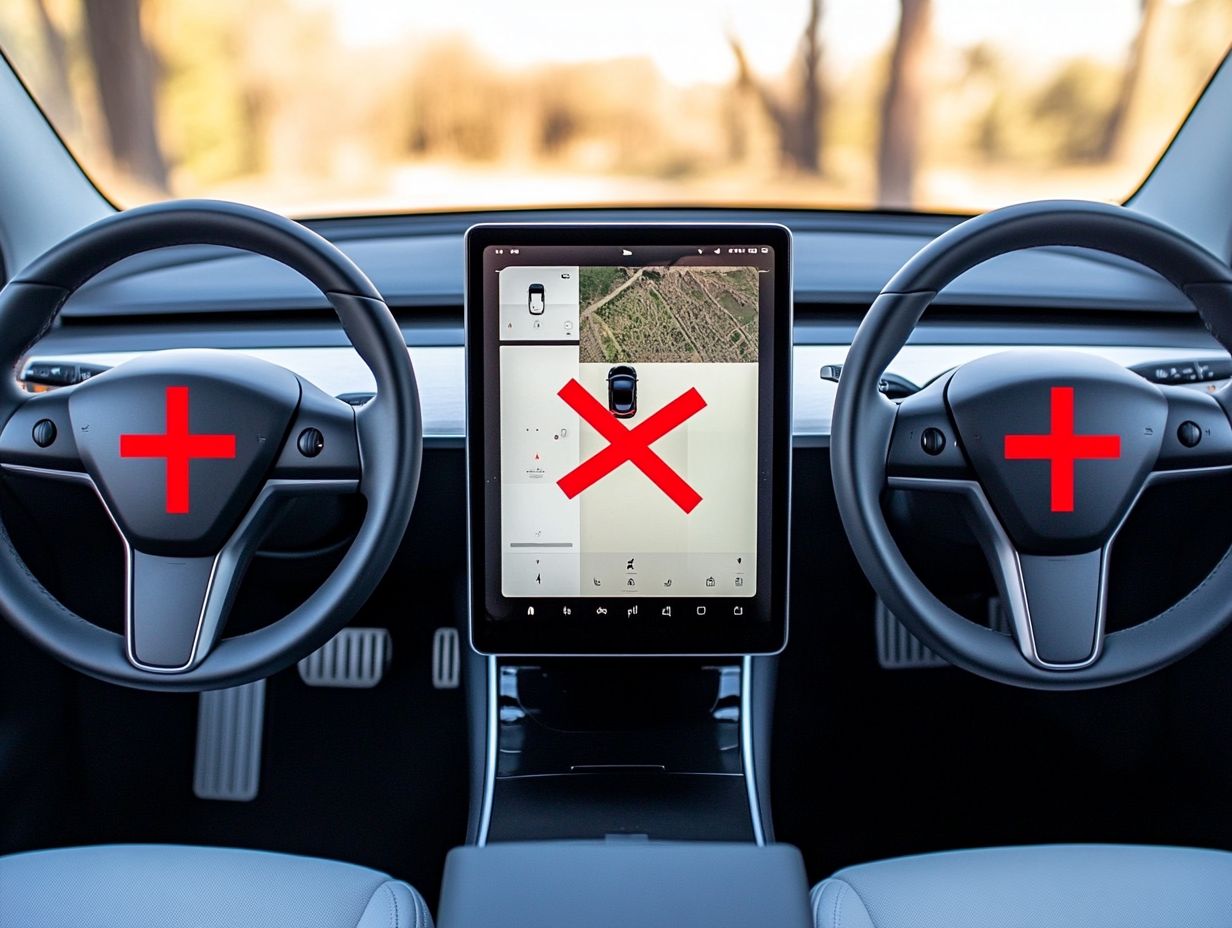
Avoid these top 5 features in an EV: outdated battery technology, limited driving range, slow charging times, lack of fast charging infrastructure, and poor handling. To learn more about common misconceptions, check out the top 5 misconceptions about buying an EV.
2. Why should I avoid outdated battery technology in an EV?
Outdated battery technology affects how well an EV works. Newer batteries offer longer ranges and faster charging, making them essential when you shop for an EV.
3. Is limited driving range a dealbreaker in an EV?
Limited driving range may not be a dealbreaker for everyone. However, it can affect how practical an EV is for your daily driving needs and long trips.
4. How does slow charging time affect the usability of an EV?
Slow charging can impact how useful an EV is, especially for daily transportation. It can also limit longer trips, as charging may take hours.
5. Why is fast charging infrastructure important for EVs?
Fast charging infrastructure is crucial for EVs. It provides quick and convenient charging when you re on the go, preventing stress during long trips.
6. How does poor handling and performance affect the overall driving experience of an EV?
Poor handling and performance can ruin the driving experience. It may make the car less enjoyable and impact your safety, so test driving is essential.

